I love the idea that Jody Sperling is a through-line in the film, creating a dance, “Fractal Memories.”
One of the reasons we had asked Jody Sperling [if we could] follow her over the course of her creating a new piece of work, [is that] we wanted to get a sense of the process, what it takes, how difficult it is, how much strength you need, how you combine all the different elements to create the spectacle and less about okay, “This is a shape that Loïe Fuller created in 1915. And here is the other dance that she did in 1922.” So, it was really the idea of creativity, and what makes creativity come to life.
Okay, so what’s the origin story of the Serpentine Dance and the so-called Nautch dress, worn by Nautch girls who performed that popular Indian court dance?
ZO: According to Loïe, someone gave her yards and yards of beautiful fabric, and she was inspired by Nautch girls dancing, so she began posing in front of mirrors and seeing how the light coming in from the window shined and glimmered off of the silk.
She was in a play at that time, “Quack MD,” playing someone who had been hypnotized. So, she tried this out as a costume, whirling around a little bit, and the audience really responded. And she went beyond that, to push the boundaries of the silk and the swirling around.
SK: But this also was typical Loïe; there isn't really one precise origin story. She changed it a few different times, and at some point, it was an Indian officer that gave it to her, and in another case, she found the fabric. She's very much an inventor, even in terms of her storyline, not just in terms of what she created as work.
She has these different stories, so we were trying to combine all of [them]. It's sort of like how creativity works: You don't sometimes know where you got your idea from.
How do you account for the fact that numerous visual artists—Rodin, Toulouse-Lautrec, Picasso—befriended Loïe? It seems that your investigation led you down a rabbit hole, but in a very good way.
ZO: Yes, well, that’s our process. Creativity is to be led from one thing to the next. [As to] Rodin, we buy one of his biographies, then we see something in a footnote which makes us research that person. We did that over and over again [and] things sort of shake out.
I think the reason Loïe appealed to visual artists was because her spectacle—her performance—was so incredibly visual, and also because of her interest in incorporating the cutting-edge technology of the day, with the light, the gels on the lights, and the use of electricity. That was something that no one had ever seen before. It was mesmerizing.
Another relationship that Loïe cultivated was with Marie Curie, so that she could make her costumes glow.
ZO: The thing that was sort of wonderful about her relationship with Marie Curie is that when she heard about the discovery of radium, Loïe Fuller reached out to the Curies, because she had this fantastic idea of using radium to make her costumes glow in the dark. It's a cool idea, so she wrote a letter to them, and they responded that that was not something that was possible. They were not going to give her radium for her costume.
And then she responded to that letter by saying, “Well, the least you can do is let me perform for you.” So, Marie Curie's daughter, Irène Curie, describes how Loïe Fuller and her electrical people sort of descended on their home one night and transformed it into a performance space. And that began the relationship with Loïe and Marie Curie, which seemed like it was very special.


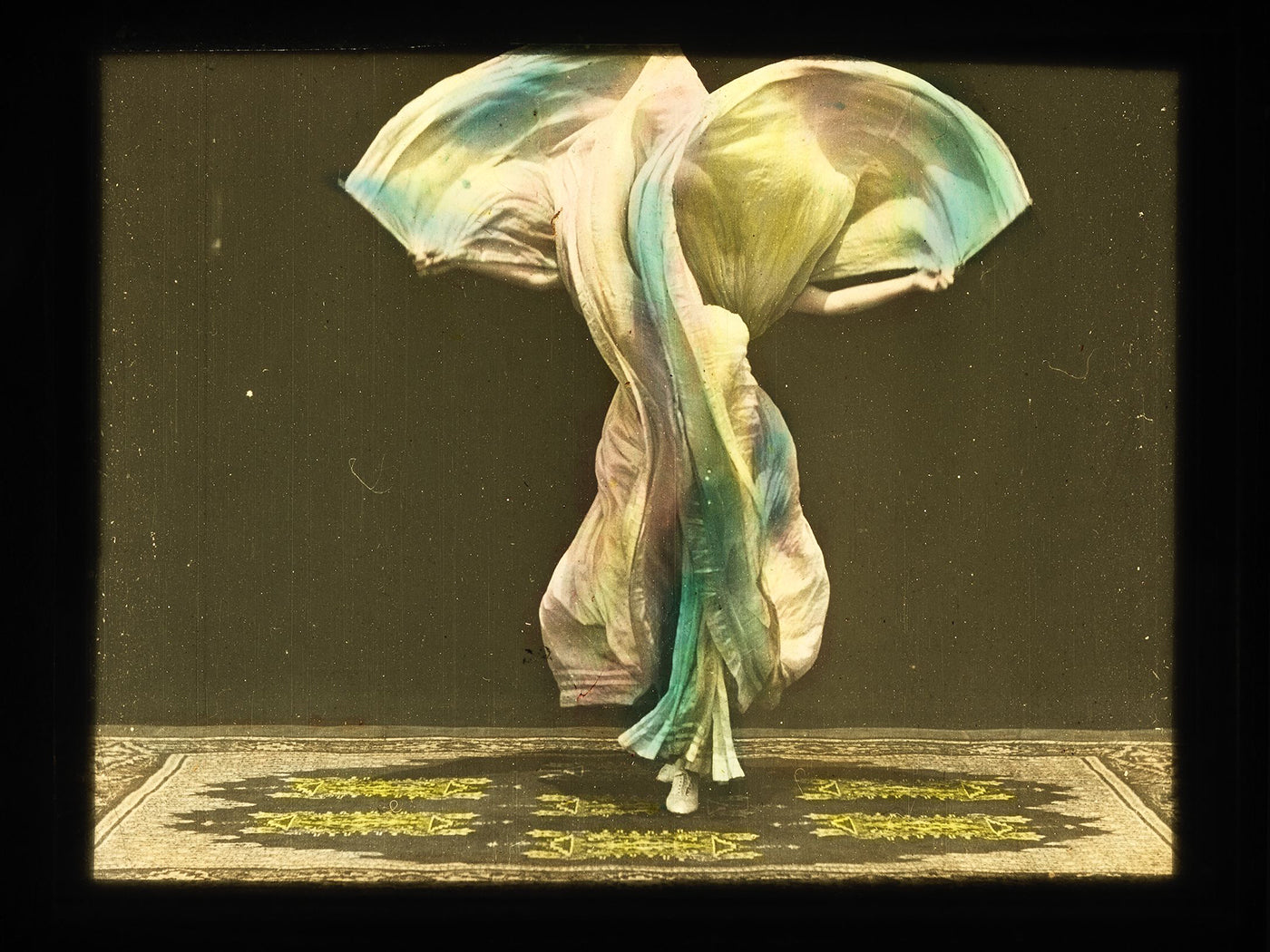
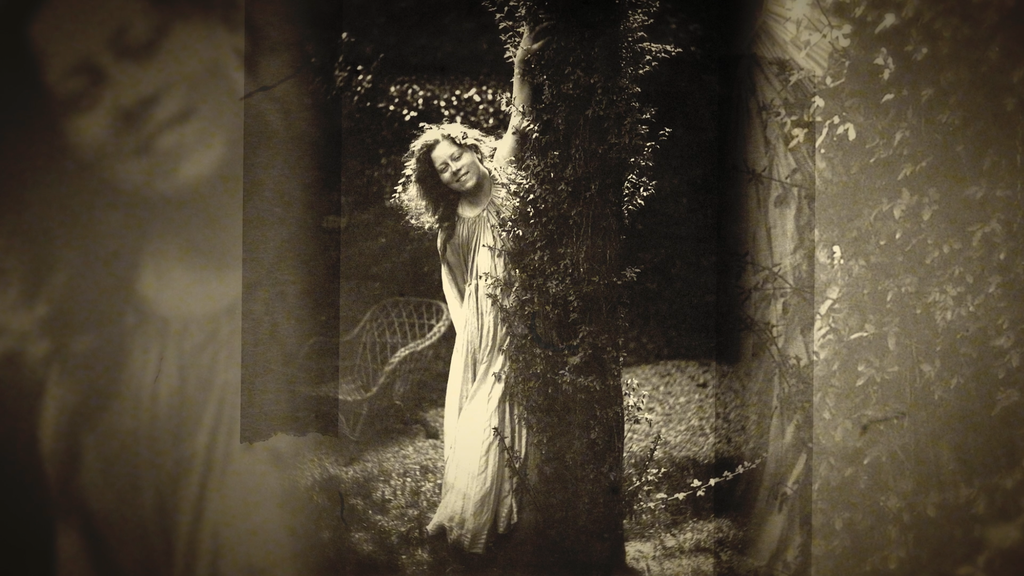
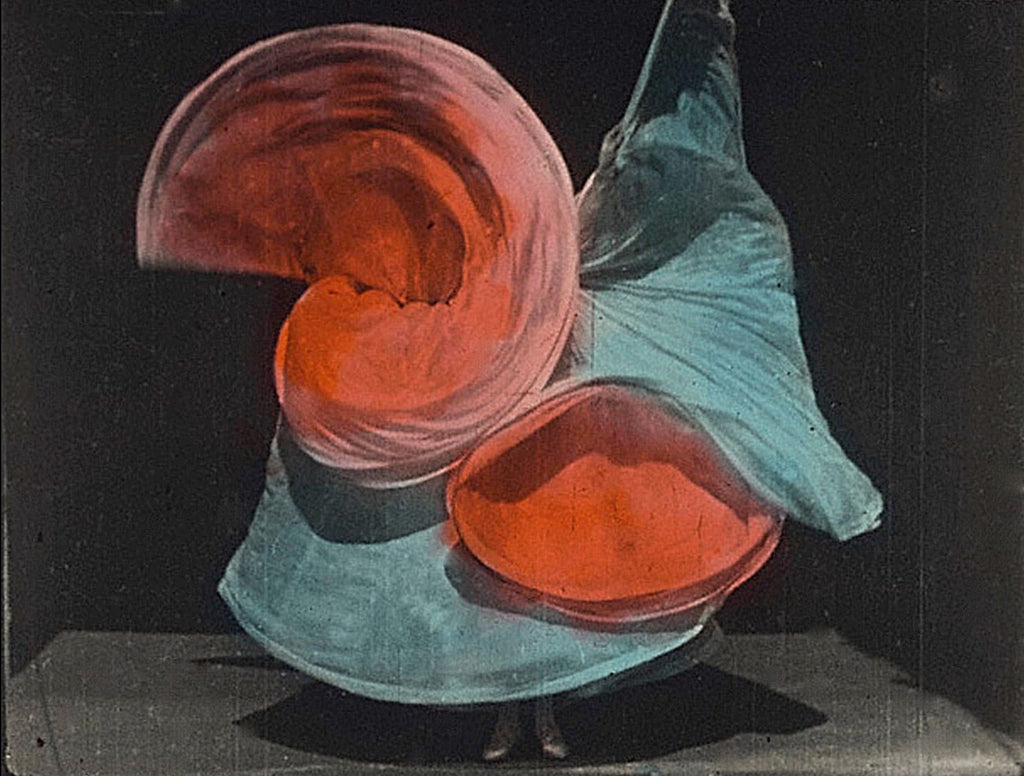
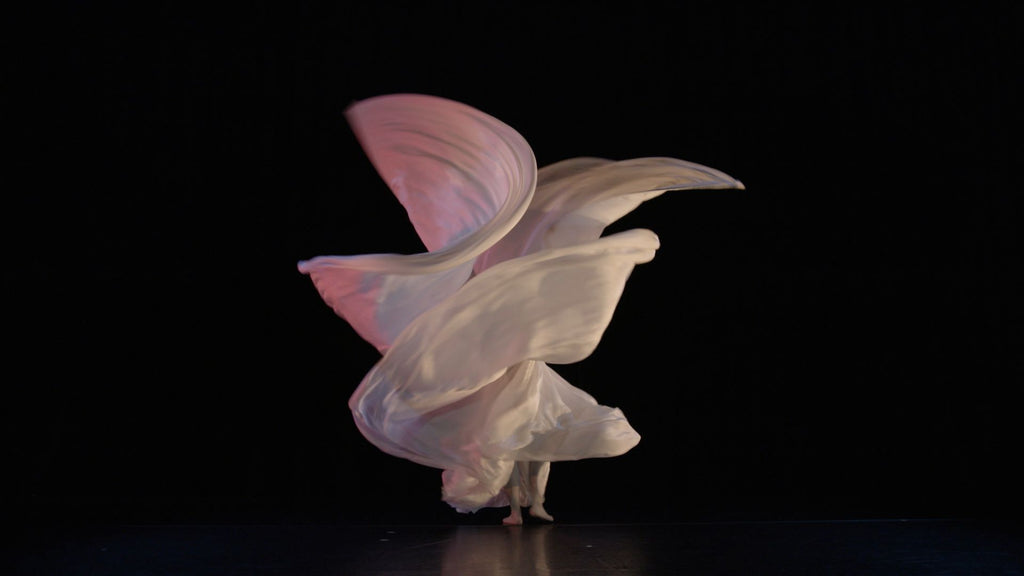
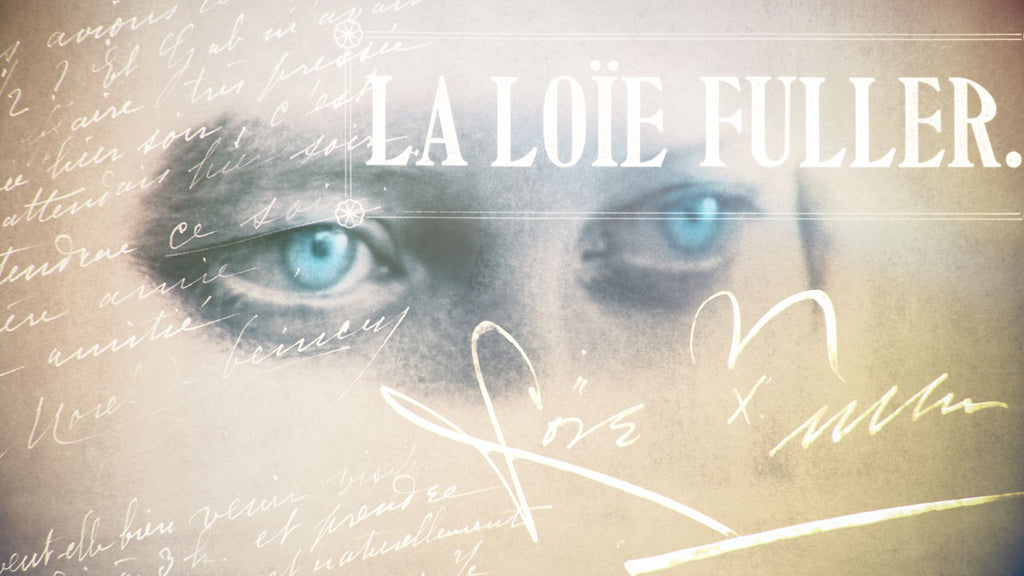




comments